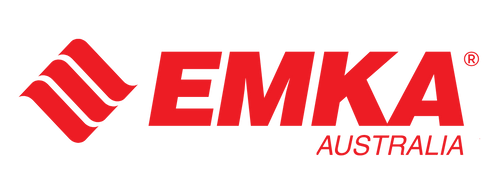Discover the essentials of disinfection and find answers to key questions like: Does disinfection kill viruses? What alcohol concentration ensures the highest effectiveness? And which is better—ozonation or disinfection?
What Does Disinfection Mean?
Disinfection is a crucial process for removing harmful microorganisms, including parasites, viruses, bacteria, and fungal spores, from various surfaces like medical tools, devices, and accessories. While many people might not fully understand what disinfection entails, its benefits are significant in settings like homes, dental offices, tattoo parlours, and medical facilities.
It's important to recognise that disinfection doesn’t eliminate all microorganisms. Some spore forms may remain on surfaces for extended periods, making sterilisation necessary in demanding situations.
When Is Disinfection Required?
Disinfection is required in various scenarios to prevent the spread of harmful microorganisms and maintain a safe environment. It is essential in healthcare settings, such as hospitals, dental offices, and clinics, where surfaces, tools, and equipment come into contact with patients and need to be sanitised regularly to prevent infections. In homes, disinfection is important after handling raw food, cleaning up spills, or during illness to minimise the risk of disease transmission. Additionally, environments like tattoo parlours, beauty salons, and food preparation areas require frequent disinfection to comply with hygiene standards and ensure the safety of clients and staff.
How to Disinfect Effectively
To achieve the highest level of disinfection, it’s essential to choose the right products and methods. Always use protective gloves, such as nitrile gloves or latex gloves, to safeguard your skin from damage and irritation during the process.
Chemical disinfection
Chemical disinfection uses various chemical agents to destroy microorganisms by inducing specific reactions. Alcohol-based disinfectants, particularly ethyl alcohol and isopropyl alcohol, are widely used due to their effectiveness and accessibility.
What Alcohol to Use for Disinfection?
Both ethyl and isopropyl alcohols are highly effective for disinfection, offering reliable performance and safety. For optimal results, use alcohol with a concentration of around 80%. Lower concentrations, particularly below 50%, are generally ineffective.
Thermal and physical disinfection
Thermal disinfection often involves using water vapor at temperatures above 100°C, sometimes combined with UV radiation. This method effectively destroys most microorganisms, although it may not eliminate certain spore forms.
Combining Chemical and Thermal Disinfection
This method, which combines chemical and thermal disinfection, is typically the most effective. Although it can be more expensive, it offers predictable results and robust protection against viruses and other harmful microorganisms, making it a valuable investment in critical settings.
FAQs on Disinfection
Is Ozone Used for Air Disinfection?
Yes, ozone is used for air disinfection, particularly in closed spaces where airborne microorganisms are prevalent. It’s also effective at removing unpleasant odours, making it a versatile option for maintaining clean environments.
Washing or Disinfection First?
Always wash surfaces, including your hands, before applying disinfectants. This ensures that dirt and debris don’t interfere with the effectiveness of the disinfection process.
Why Disinfection Matters
Disinfection is a key step in preventing the spread of diseases and maintaining a safe environment, especially in healthcare settings. By understanding what disinfection involves and how to do it correctly, you can significantly reduce the risk of infections. Remember to use the right tools, like disposable gloves and high-quality disinfectants, to ensure the best results.





